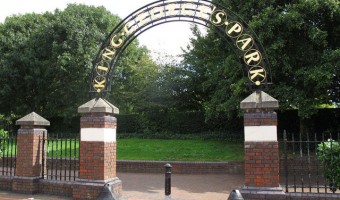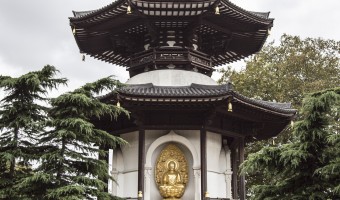See a new side to an old favourite
If you were to ask what is one of the most iconic buildings in London, chances are Battersea Power Station would be a popular choice. Take a short train ride from Victoria to Battersea Park, head to the riverside and you will see one of London’s hidden gems. With its distinctive brick work and four chimneys, it is hard to walk on by and ignore it. It was once a coal-fired power station and after a few failed attempts to regenerate the building, it is finally experiencing a new beginning which you can now start to see.


History
History lovers will appreciate the power station’s long, varied story. As previously mentioned, it was originally a coal-fired power station and comprises of two buildings in one. The first building, Battersea A Power Station was built in the 1930’s while Battersea B Power Station was built in the 1950’s. The second structure was built in a near-identical design, giving the power station its unique look. However, the power station was decommissioned. The first building closed in 1975 while the second building closed in 1983.
Before the power station was built electricity was supplied by small companies, however the competition between them spiralled out of control. To tackle this, Parliament decided to have a single, publicly-owned, unified system and so the development of Battersea Power Station begun.
However, the public were far from happy when the idea first came about. Huge protests followed. Many people feared the pollution would damage much of London’s parks, buildings and even endanger public health. There were also concerns about the pollution affecting the artwork in the Tate Gallery nearby. Despite this, the development went ahead and according to Wandsworth Council, ‘Battersea Power Station became known as the “temple of power”, the largest power station in the UK.’ It has provided electricity for London for 50 years and is now one of the most loved buildings in the city. Occasionally, ballots are open for a chance to tour this magnificent structure. Details can be found online.
Architecture
Its stunning architecture often draws in the crowds. Many will recognise the power station thanks to its distinctive features such as the four chimneys and eye-catching brickwork. It was Sir Giles Gilbert Scott who was commissioned to design the power station. He also designed several other famous landmarks across the UK including, Liverpool Cathedral, Waterloo Bridge, Bankside Power Station and the Tate Modern. He is also the man responsible for the classic red telephone box.
Battersea Power Station is made up from a steel girder frame with the exterior brickwork cladding designed by Sir Giles. It is the largest brick building in Europe. As well the initial negative comments, there were also positive ones. According to the Battersea Power Station website, ‘in 1939 a survey of celebrities voted it their second favourite building when canvassed by the Architects Journal.’
The power station has also been immortalised in popular culture. Most famously, the power station appeared on the album cover of Pink Floyd’s Animals (1977) and appeared in The Beatle’s 1965 film Help!
Despite being out of use since 1983, much of its lavish art deco interior remains, and in 2007 the building was awarded a Grade II listing.
Circus West Village
As part of its regeneration plan, a new urban village has landed in the area – Circus West Village. It has only recently opened but is already attracting big names and the public. It opened with the ‘Power of Summer 2017’ event, a summer-long programme offering fun-filled family activities including music, comedy and workouts.
Although there are some businesses yet to open, there are lots of places to go for a bite to eat. If you want a coffee or a few picnic bits, there is the Battersea General Store. As well as fresh muffins and coffee, you can pick up a handmade sandwich or try something with more of an international flavour.
For something more substantial whether it’s brunch or dinner, head over to No.29, an independent neighbourhood bar that serves food all day long. Or pop down to Mother for one of their signature pizzas made with organic sough-dough and seawater.
Riverside views and Battersea Park
Of course, this area also boasts some beautiful riverside views. You can take a walk along the Thames Path and take in the sights of Chelsea Bridge and beyond. If you keep following the Thames Path and pass Chelsea Bridge, you will arrive at Battersea Park – one of the most picturesque green spaces in London. Once you have had a wonder around the power station and the urban village, you can take a breather and enjoy the greenery. Of course, if you want to do more than just relax and have a picnic, you could visit the park’s popular spots. There is the Battersea Children’s Zoo, if you want to keep the little ones entertained, as well as a boating lake further into the park. You can also see the Peace Pagoda close to the zoo, or art lovers can visit the Pump Gallery or see a replica of Barbara Hepworth’s ‘Single Form’.
More work still needs to be done, but this whole area is well worth visiting. The past, present and future are currently converging here.
 A walk around an icon
A walk around an icon


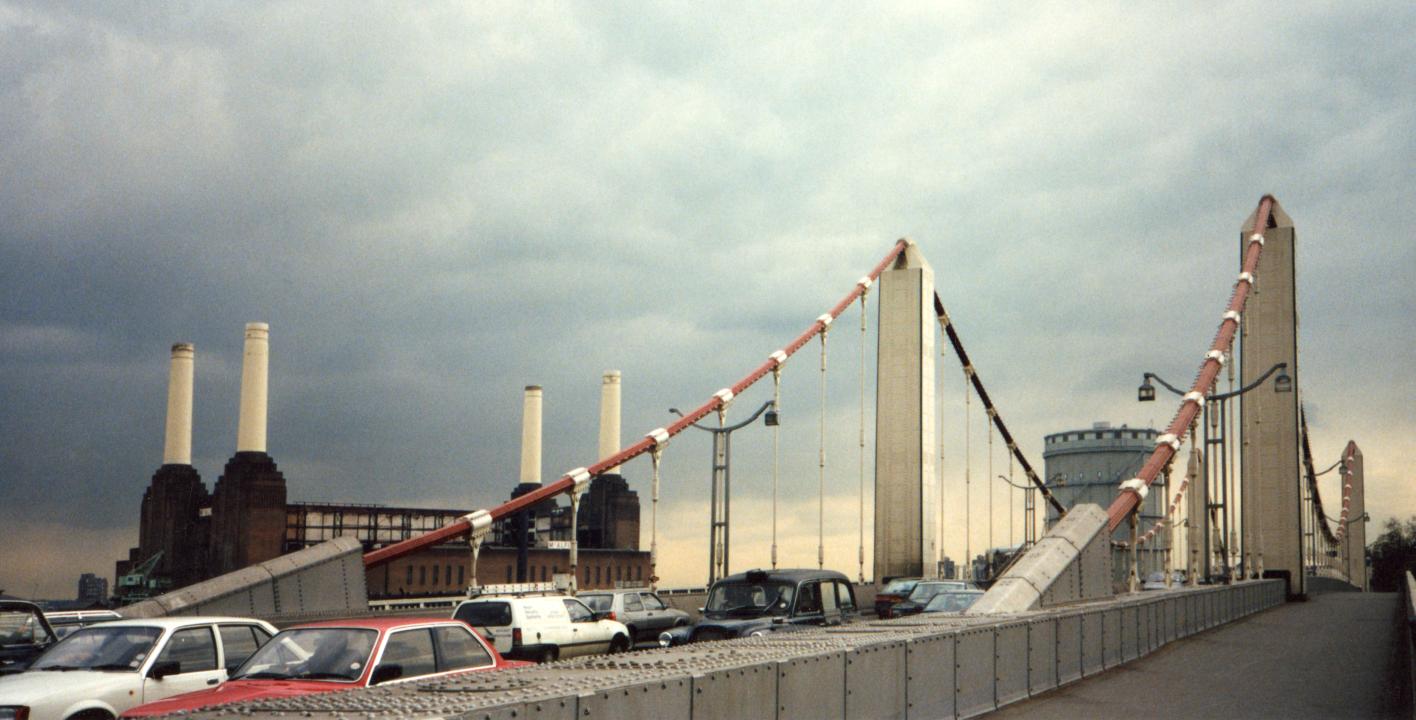
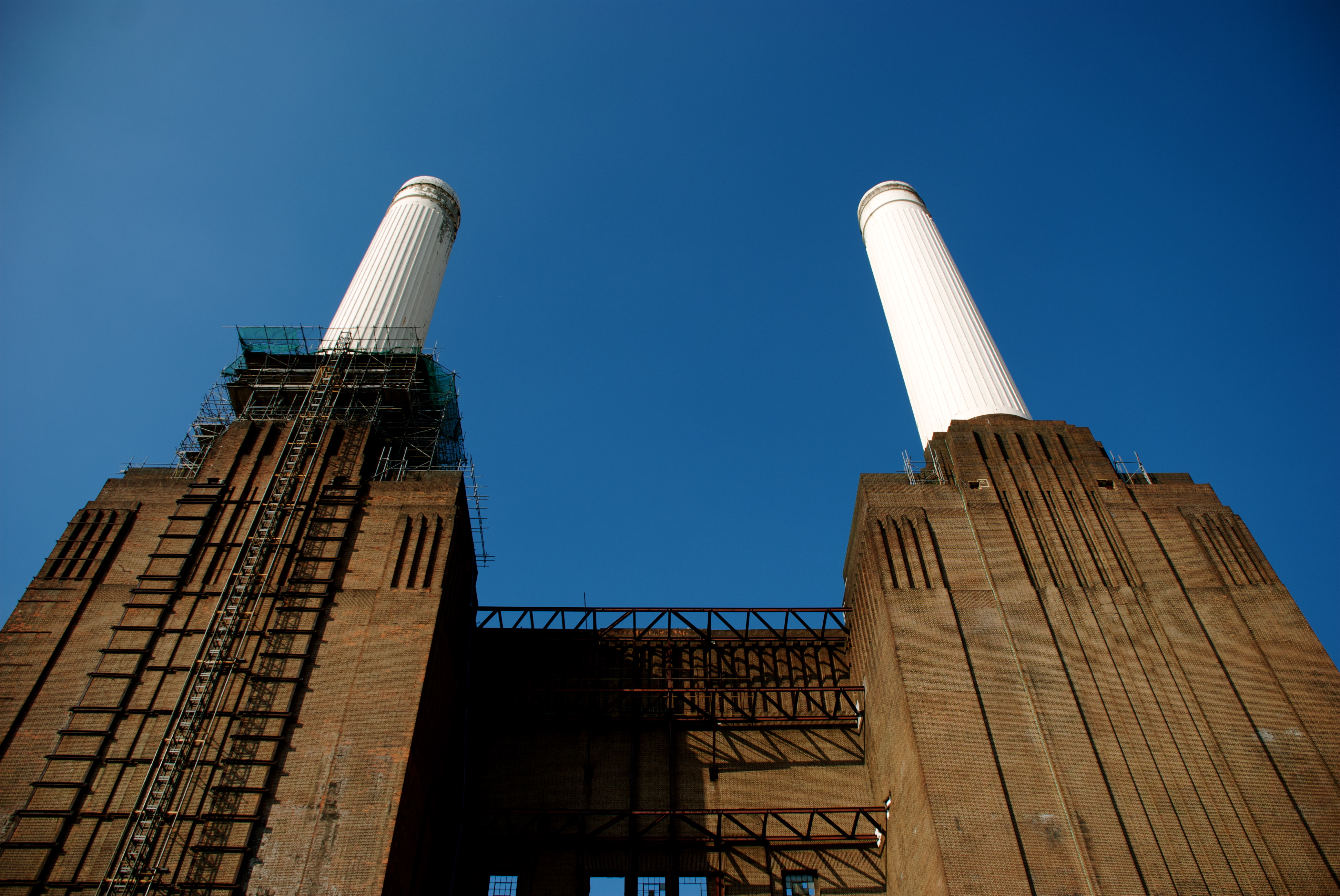
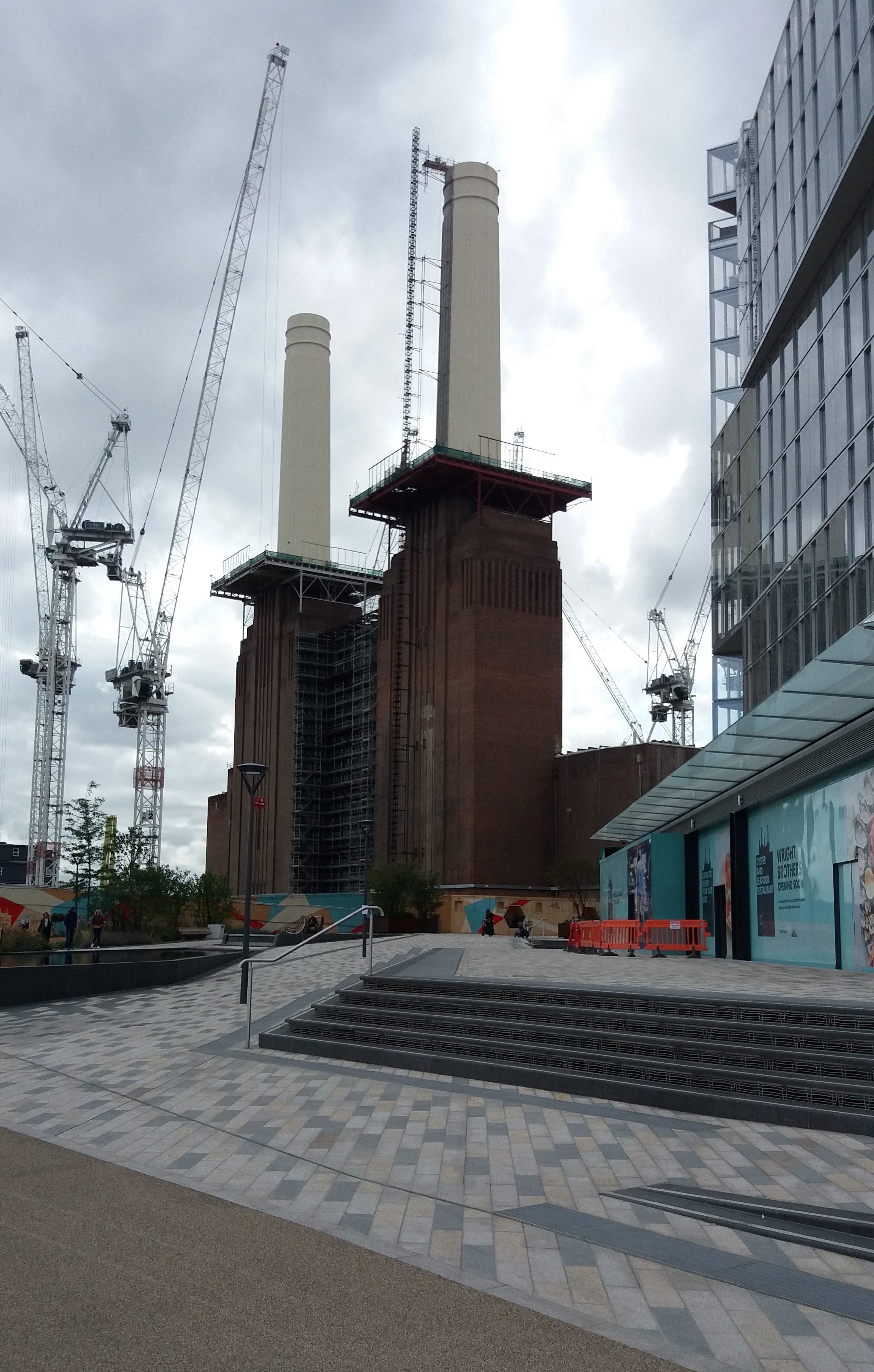
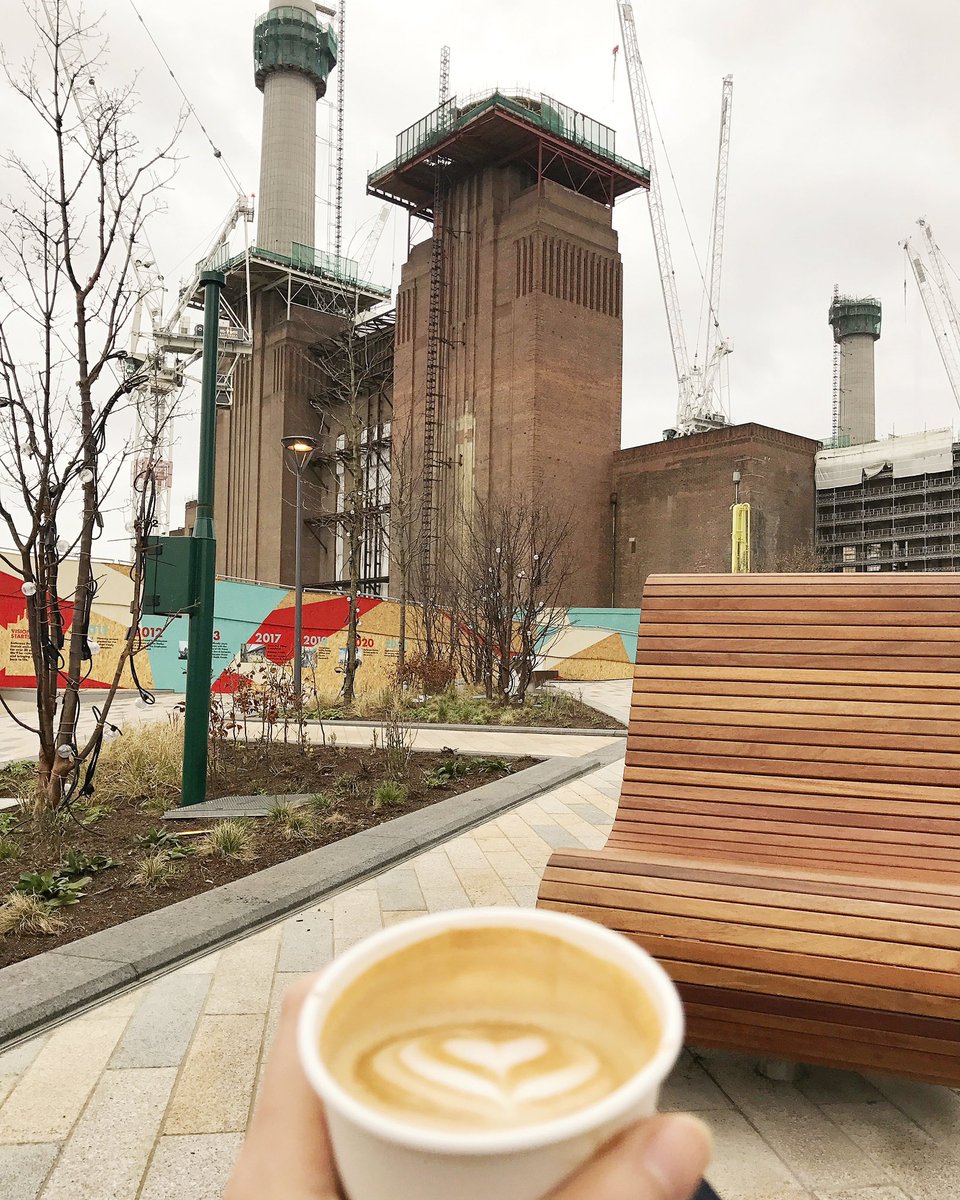
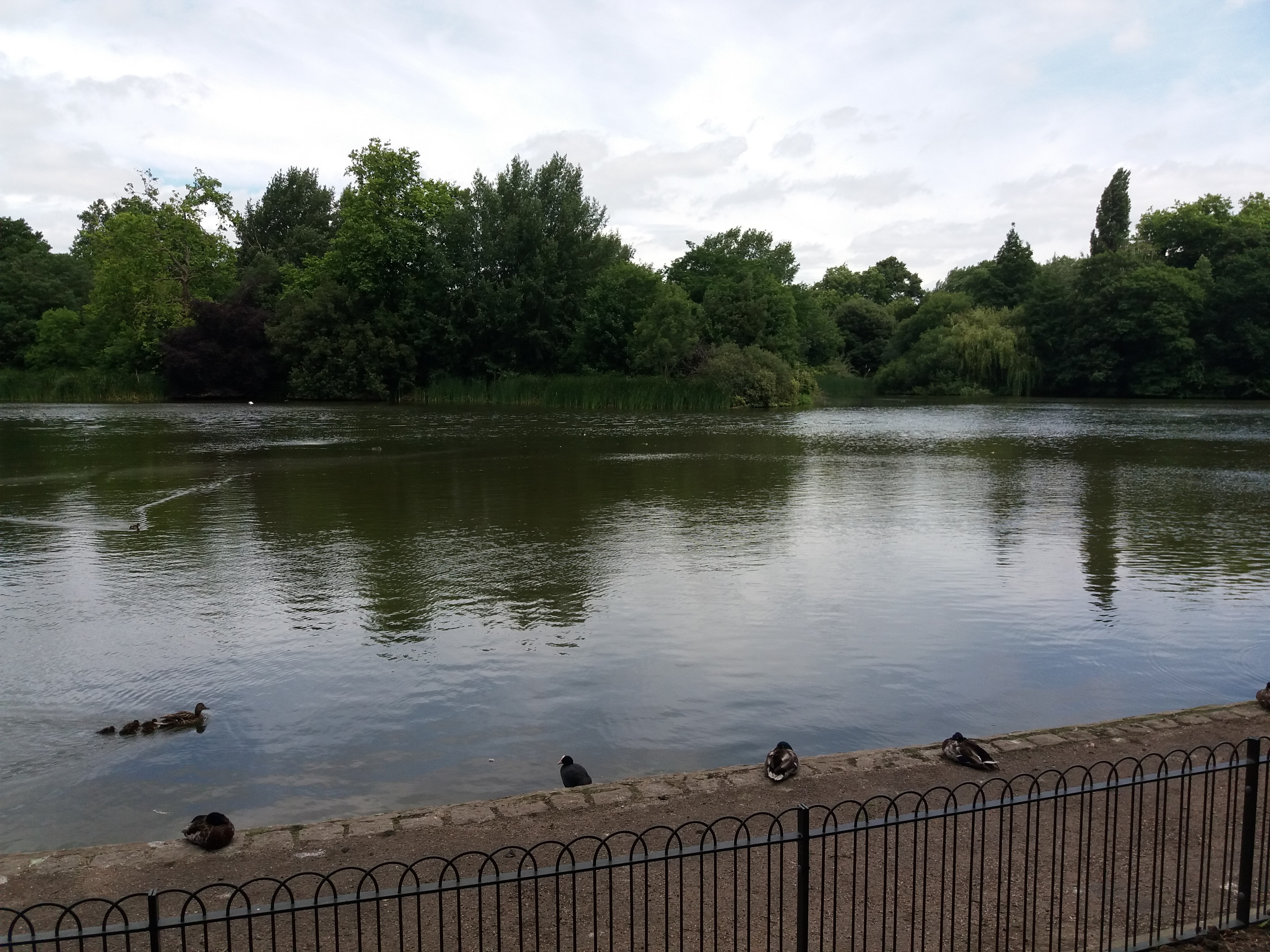
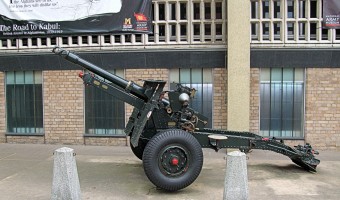
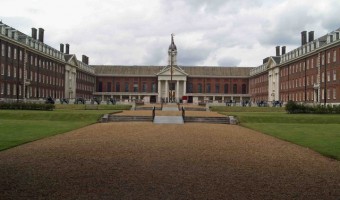

 Load more triptoids
Load more triptoids